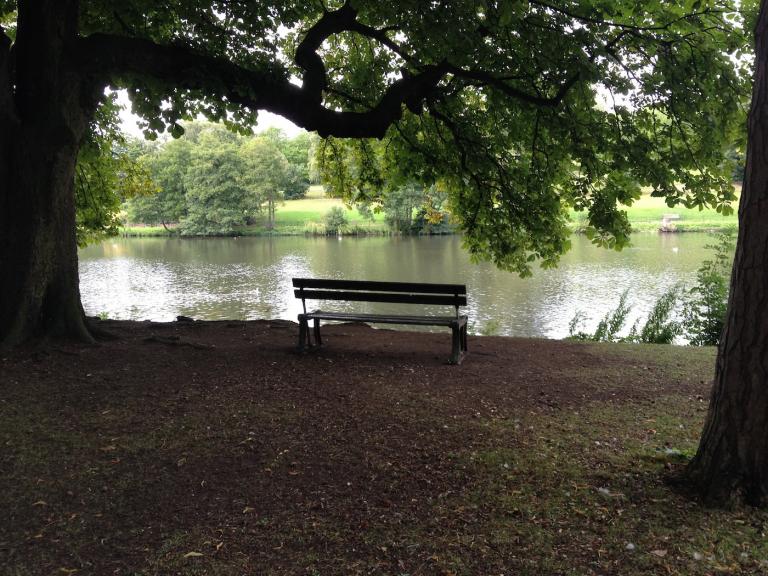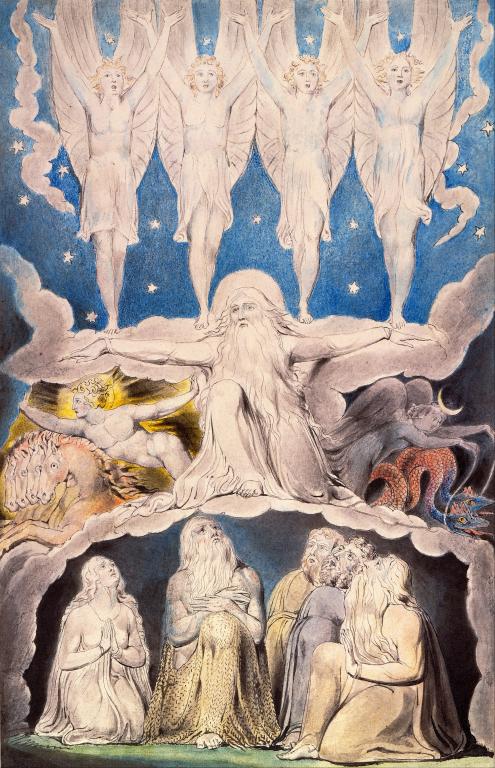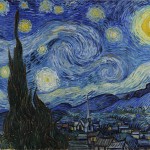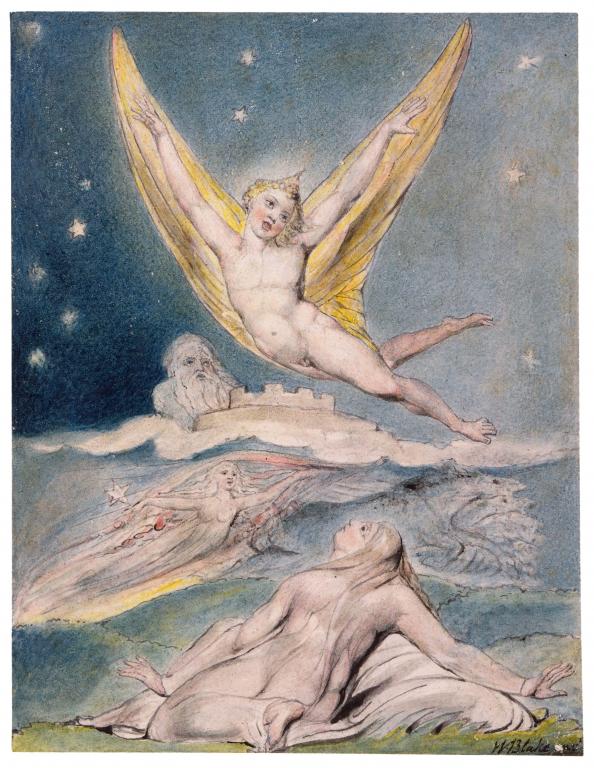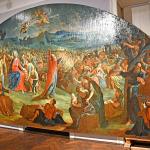David Russell Mosley
St Monica’s Day 2014
The Edge of Elfland
Mapperley Park, Nottingham
Dear Friends and Family,
A few weeks ago I finished, for about the fourth or fifth time, reading C. S. Lewis’s Cosmic Trilogy. These unsung science-fiction novels from the creator of Narnia have captured my maturing imagination. These novels discuss themes of sin, perfection, incarnation, cosmology, evolution, marriage, gender, and more. If you haven’t read them, I hope you will after reading my panegyric of them.
The first thing that needs to be discussed is what to call these books as a set. Individually they are titled, Out of the Silent Planet (OSP), Perelandra: A Voyage to Venus (P), and That Hideous Strength: A Modern Fairy-Tale for Grown-Ups (THS). The two most common titles for the series are The Space Trilogy and The Ransom Trilogy. The first title is inappropriate because only the first two novels take us into space (before alighting us on Mars and Venus respectively). The second title is certainly more appropriate for each book tells us something about the Oxbridge-esque professor of philology Elwin Ransom. I’ll return to Ransom in a moment. While I find Ransom Trilogy a better collective title than Space Trilogy, I think Cosmic Trilogy a much better title.
Ransom appears in all three novels, but can only properly be called the primary protagonist of the first two novels. He is certainly a prominent figure in the final novel, but the protagonists are primarily the divided married couple Mark Studdock and Jane Studdock neé Tudor. However, each novel, whether in space/distant planets or our own as THS does, there is an undeniably cosmic theme in each novel. What Lewis is primarily presenting to us in The Cosmic Trilogy is the notion of a Cosmic (that is a created, ordered, and oriented toward a given end universe).
In OSP we are introduced to Elwin Ransom, an academic out on a walking holiday (something only possible when both homes and pubs were open to hikers, and the land was free to be walked upon), who stumbles on an old Cambridge enemy and his new partner (Richard Devine), a physicist of some renown (Dr Weston). Ransom, whose forename means elf-friend, is then drugged and shanghaied. The evil duo take him aboard their space ship in order to take him to be sacrificed, or so they assume, to the god of Malacandra, the natives’ name for Mars. As Ransom awakes on the spaceship, he is given an impression that space is the wrong name for the beauty in which the planets and stars swim. It is alive, not dead. Throughout Ransom’s adventures on Malacandra he introduced not simply to native inhabitants of Malacandra, but also creatures who can be said to be there and not there, creatures called eldila. On Mars, Ransom is introduced to two kinds of eldila (all of which have only a vague appearance to his human eyes, something akin more to light itself than anything else). The first kind are messengers, they bring announcements and summonses. The other kind of eldil Ransom meets has only one member on Malacandra. It is the chief, not simply of the other Martian eldila, but of the planets inhabitants, rational and irrational. What’s more this eldil, also called Oyarsa, governs the very movement of the planet itself. This goes back to the pagan notion of the planets being the gods to a certain extent, and the Christian notion that the planets have souls. In a thomistic/aristotelian kind of way, the oyarsa of Malacandra is the moving force and will behind the planet. However, unlike our souls, the oyarsa is not bound to the planet in the way our souls are knit into our bodies.
Lewis’s harkening back to this medieval understanding of the cosmos, is what draws me into these books more than anything else. The universe is alive; the spirits and other ethereal creatures that the Scriptures and the Tradition have told us are there are made present in Lewis’s depiction of the universe. What Lewis gives us is a universe that takes seriously the reality of angels (he does much more than this as well in his depiction of rational terrestrial, or in this case, Martian, who are impacted by what has happened on Earth). I will do some follow-up posts on this trilogy, focusing on the other two books. There are many intriguing features of Lewis’s Cosmic Trilogy. What I have focused on and will focus on in the follow up posts, however, is the cosmic and angelic.
If you have any questions or points you wish raise, please do. I will respond either individually or with a new letter.
Sincerely yours,
David



